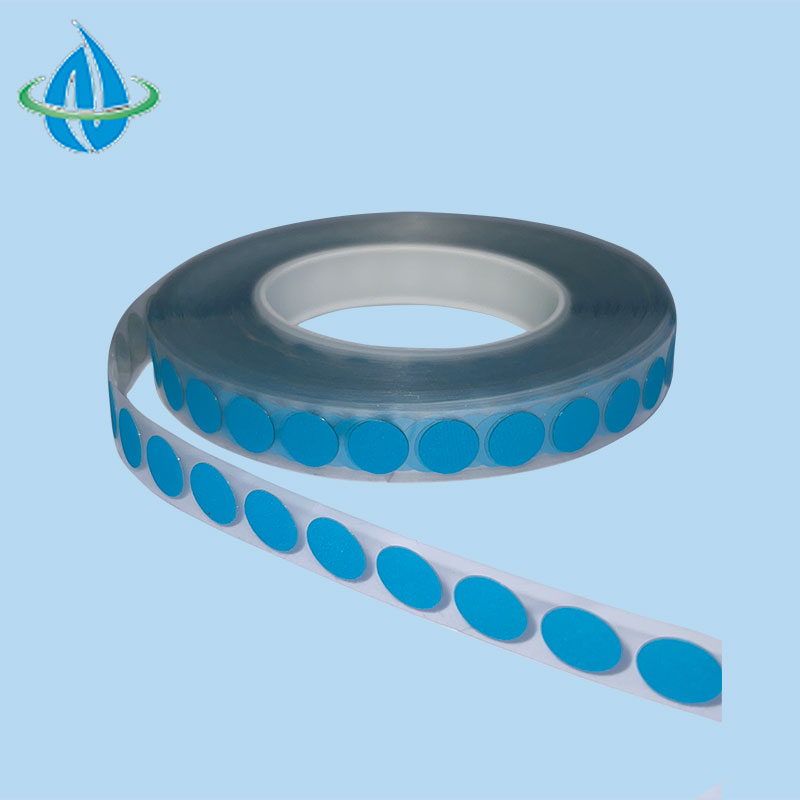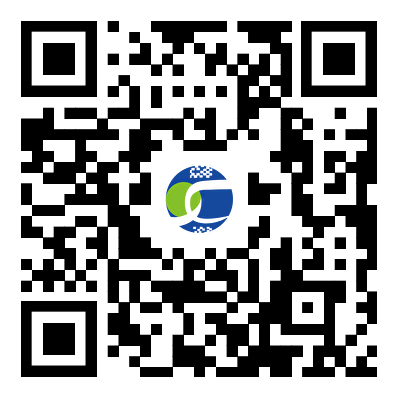Benefits of Waterproof and Breathable Membranes
2024-07-09
Waterproof and breathable membranes are advanced materials used in various applications where protection from water penetration while allowing moisture vapor transmission is essential. Here’s an overview of waterproof and breathable membranes, including their features, technologies, applications, benefits, and considerations:
Features
1. Material Composition
- Polymeric Films: Typically made from polyurethane (PU) or expanded polytetrafluoroethylene (ePTFE) materials.
- Microporous Structure: Contains microscopic pores that are smaller than water droplets but large enough to allow water vapor molecules to pass through.
2. Waterproofing Mechanism
- Hydrophobic Coating: Treated with a water-repellent coating or laminate that prevents liquid water from passing through.
- Bonding Technology: Uses advanced bonding techniques to create seams that maintain waterproof integrity.
3. Breathability
- Moisture Vapor Transmission: Allows sweat and moisture vapor generated by the body to escape through the membrane, keeping the wearer dry and comfortable.
- Regulation: Regulates temperature and humidity inside garments or structures by facilitating moisture evaporation.
Technologies
1. Microporous Membranes
- ePTFE: Utilizes expanded polytetrafluoroethylene membranes, known for their durability, breathability, and water resistance.
- PU Films: Polyurethane membranes are flexible and widely used in outdoor apparel and footwear for their waterproof and breathable properties.
2. Hydrophilic Membranes
- PU Coatings: Polyurethane coatings that absorb moisture and transfer it away from the body, enhancing comfort in active wear.
3. Membrane Laminates
- Layered Construction: Often laminated with other fabrics like nylon or polyester to enhance durability, comfort, and waterproofing.
Applications
1. Outdoor Apparel
- Jackets and Pants: Used in outdoor gear for activities such as hiking, skiing, and mountaineering to provide protection from rain and snow while allowing sweat vapor to escape.
2. Footwear
- Shoes and Boots: Integrated into footwear designs to keep feet dry from external moisture while allowing perspiration to evaporate, preventing moisture buildup inside shoes.
3. Sports and Performance Gear
- Athletic Clothing: Incorporated into sportswear for athletes to maintain comfort and performance during physical activities.
- Tents and Shelters: Used in outdoor camping gear to provide weather protection while ventilating moisture from inside.
4. Building Materials
- Roofing and Wall Membranes: Applied in construction as underlays beneath roof tiles or wall cladding to prevent water ingress while allowing moisture to escape, enhancing building durability.
Benefits
1. Comfort
- Dryness: Keeps users dry and comfortable by preventing water penetration and facilitating moisture vapor transmission.
- Temperature Regulation: Regulates body temperature by managing moisture and airflow.
2. Protection
- Weather Resistance: Provides reliable protection against rain, snow, and wind without compromising breathability.
- Durability: Enhances the lifespan of clothing and gear by protecting against moisture damage and maintaining fabric integrity.
3. Performance
- Versatility: Suitable for a wide range of climates and outdoor conditions, from humid environments to cold and wet climates.
- Ease of Care: Often easy to clean and maintain, retaining waterproof and breathable properties over time.
Considerations
1. Maintenance
- Care Instructions: Follow manufacturer guidelines for cleaning and maintenance to preserve membrane performance and durability.
- Repair: Seam sealing may be required periodically to maintain waterproof integrity.
2. Application Specificity
- Environmental Conditions: Select membranes with appropriate specifications (e.g., waterproof rating, breathability) based on intended use and climate conditions.
- Compatibility: Ensure compatibility with garment or gear materials to optimize performance and longevity.
Conclusion
Waterproof and breathable membranes play a crucial role in enhancing comfort, protection, and performance in various applications ranging from outdoor apparel and footwear to building materials. Their ability to keep water out while allowing moisture vapor to escape ensures users remain dry and comfortable in diverse environmental conditions.



